KEEP OUT
Mussel inspection stations open for season
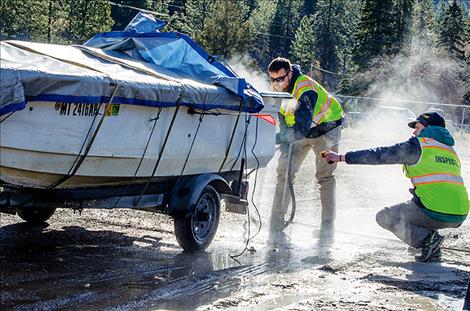
Karen Peterson
Russ Hartzell, FWP’s northwestern AIS supervisor, holds a temperature gage to make sure the water is hot enough to kill mussel larvae during a preventative procedure.
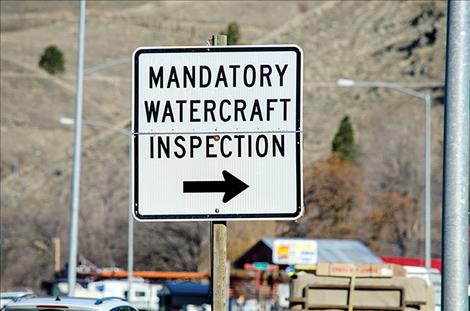
Karen Peterson
Watercraft passing by the inspection station must stop.
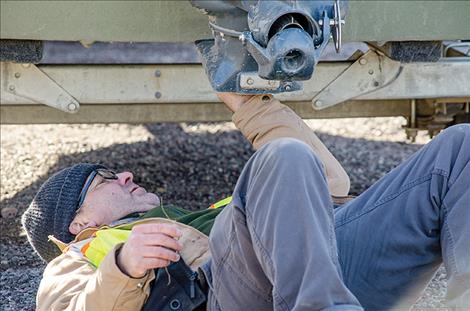
Karen Peterson
CSKT AIS Program Coordinator Eric Hanson looks under a boat for invasive mussels.
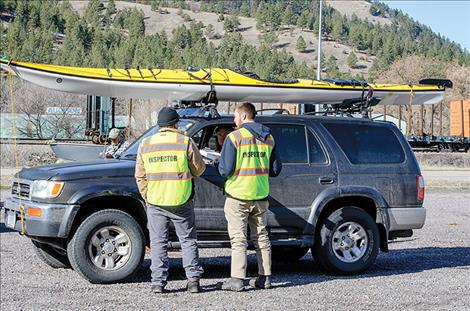
Karen Peterson
A kayak goes through the station where all watercraft are required to stop.
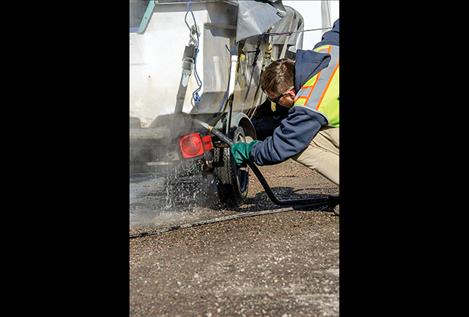
Karen Peterson
An inspector washes a boat on Friday at the Ravalli check station with 140 degree water.
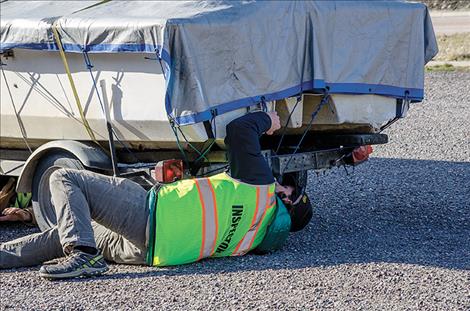
Karen Peterson
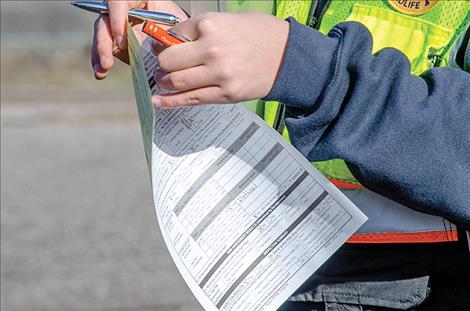
Karen Peterson
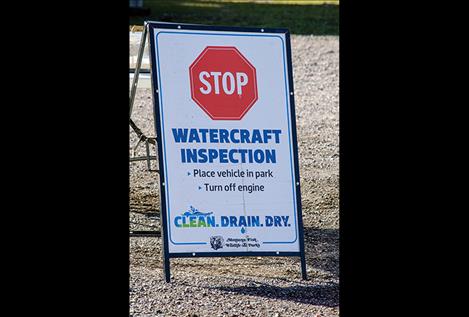
Karen Peterson
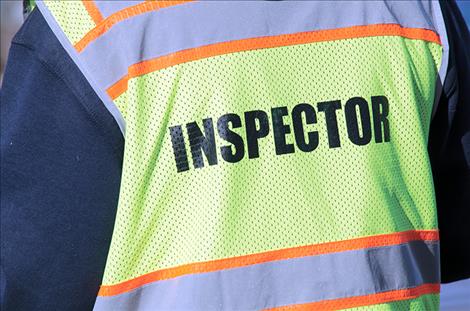
Karen Peterson
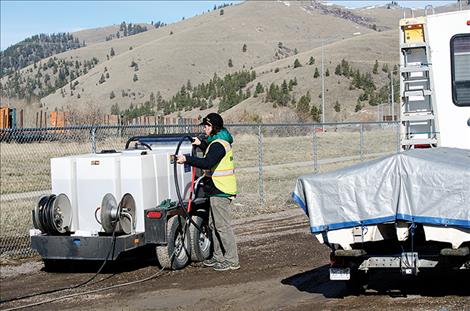
Karen Peterson
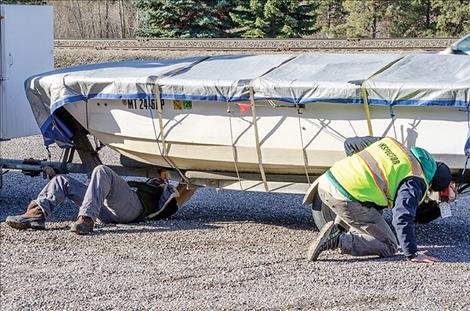
Karen Peterson
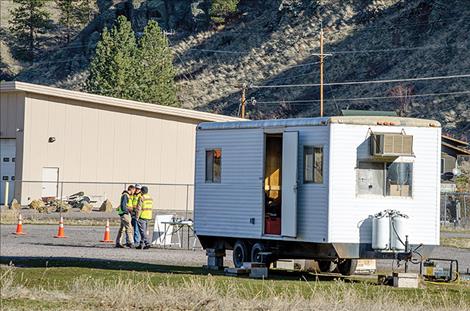
Karen Peterson
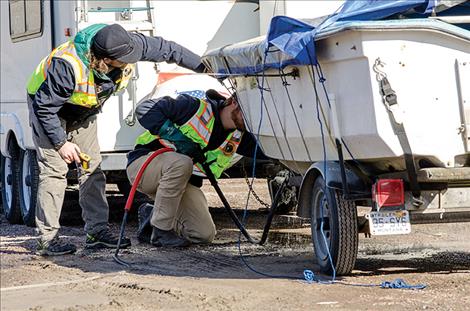
Karen Peterson
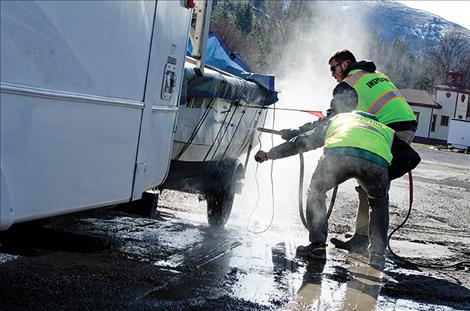
Karen Peterson
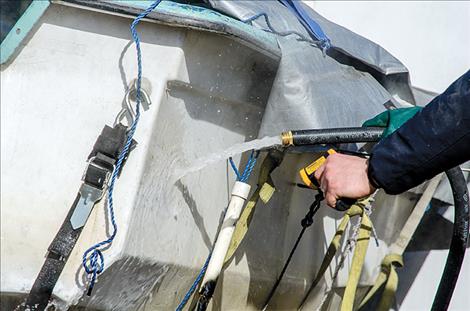
Karen Peterson
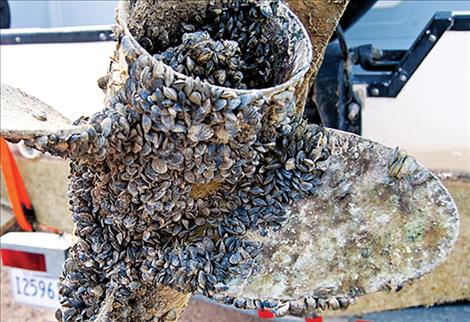
Karen Peterson
Issue Date: 3/21/2018
Last Updated: 3/20/2018 7:35:31 PM |
By
Karen Greene
Keep Reading!
You’ve reached the limit of 3 free articles - but don’t let that stop you.















